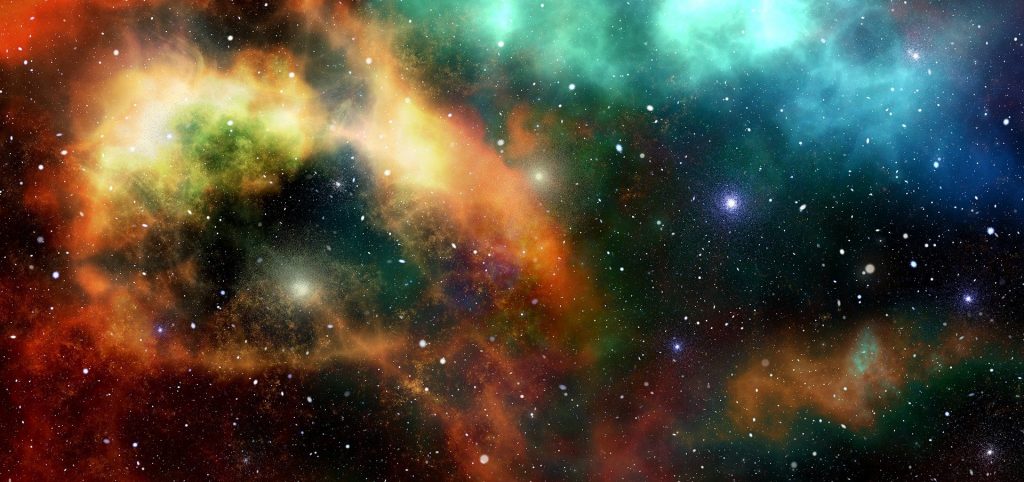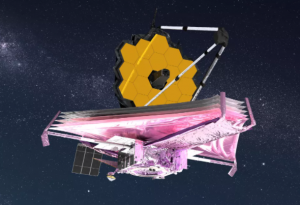On Christmas Day 2021, Nasa launched their newest telescope- the James Webb Space Telescope (JWST). The James Webb Telescope is named after James E Webb who was the administrator of NASA during the Apollo programme and like the human James Webb, this James Webb is going to revolutionize astronomy.
The JWST is the successor of the Hubble telescope which launched in the early 1990s. However, the JWST is poised to do far more than Hubble. Now that astronomy has developed the technology must develop too. The JWST is able to find details about exoplanets and discover the first stars.
So what makes the JWST better? First of all: The Size. Mirror size is crucial in astronomy as the bigger the mirror the more light the telescope can receive and the more detail its images will have. The Hubble space telescope’s mirror was 2.4 metres across, but the JWST is 6.5 metres across. Overall the Hubble is the size of a bus but the JWST is the size of a tennis court!
Second, the light itself the JWST will see is unlike the perspective of the Hubble. The Hubble is able to see the light our eyes do, but the JWST can only see the orange/red light our eyes see, and the infrared light beyond red that we don’t see. This is because the further you peer into space, the more “redshifted” the light becomes, aka what is normal light to us emitted billions of years ago now appears in infrared.
Furthermore, the JWST will be orbiting far outside of the Earth’s orbit (unlike Hubble which orbits within). This new point is called L2 and is a million miles away (further than our distance from the moon!) This is because the JWST needs to be kept very cold due to the equipment on board, but also it means that (unlike Hubble) the JWST can be active for twice the time!
Some of the most exciting things that the JWST will be able to do include
-To study light from the first stars and galaxies after the Big Bang
-To study the formation and evolution of said galaxies
-To understand the formation of stars and planetary systems
-To study planetary systems and the origins of life.
But with any new advance in technology discoveries that no one expected is bound to happen. Thanks to the Hubble scientists discovered dark energy, so who knows what the JWST will bring!
The JWST has just unfurled its mirrors 750,000 miles along its 1,000,000 mile journey so the first pictures are expected to come in 5 months as it is going to take a while once it gets to L2 to align its mirrors.
This exciting start to 2022 will hopefully set the tone for the rest of the year to be one of progression and discovery, at both a global and personal level for everyone. With this new technology the sky is no longer the limit.







